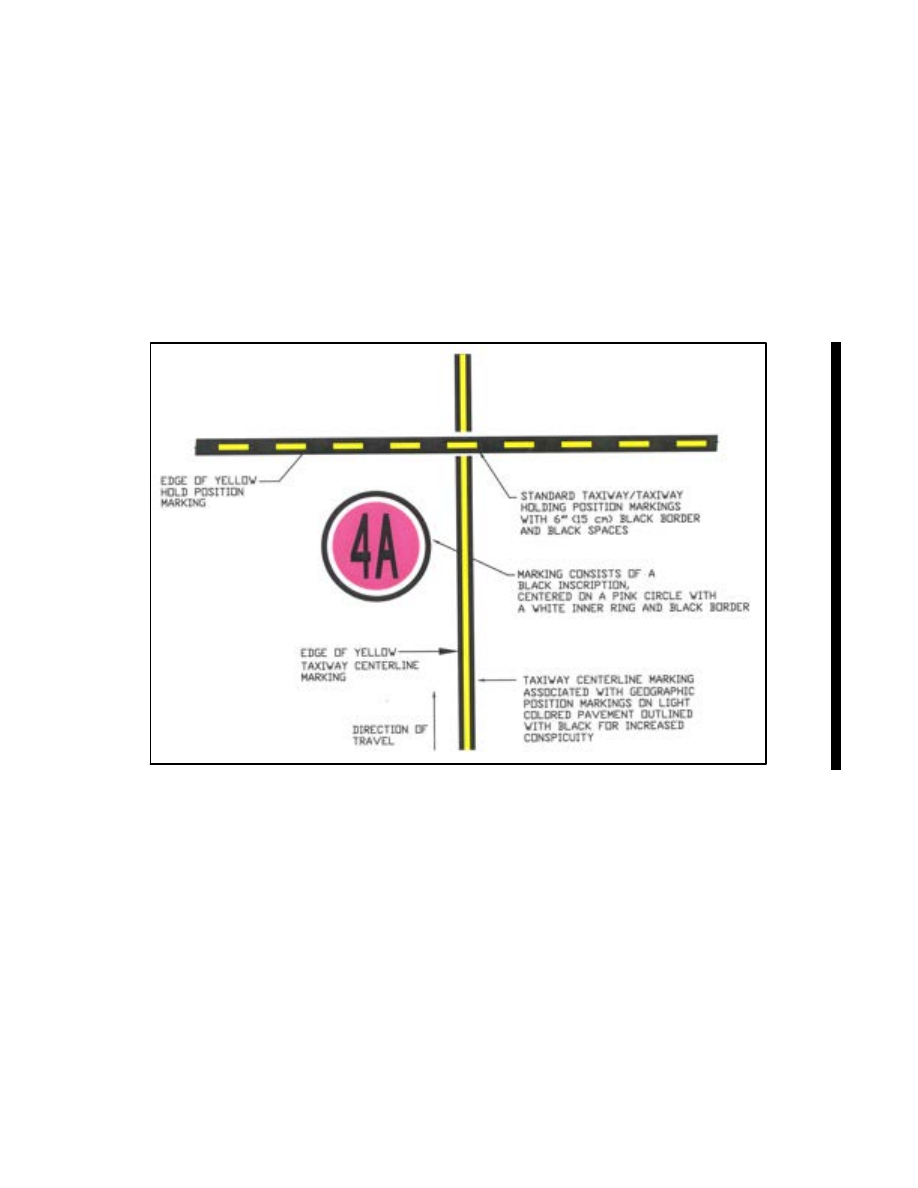
9/5/24
AIM
GPS repeaters, and even some systems onboard the aircraft. In general, these types of unintentional interference
are localized and intermittent. Of greater and growing concern is the intentional and unauthorized interference
of GPS signals by persons using “jammers” or “spoofers” to disrupt air navigation by interfering with the
reception of valid satellite signals.
NOTE
−
The U.S. government regularly conducts GPS tests, training activities, and exercises that interfere with GPS signals. These
events are geographically limited, coordinated, scheduled, and advertised via GPS and/or WAAS NOTAMS. Operators of
GPS aircraft should always check for GPS and/or WAAS NOTAMS for their route of flight.
c.
Manufacturers, operators, and air traffic controllers should be aware of the general impacts of GPS jamming
and/or spoofing, which include, but are not limited to:
1.
Inability to use GPS for navigation.
2.
Inability to use hybrid GPS inertial systems for navigation.
3.
Loss of, or degraded, performance
−
based navigation (PBN) capability (e.g., inability to fly required
navigation performance (RNP) procedures).
4.
Unreliable triggering of Terrain Awareness and Warning Systems (TAWS).
5.
Inaccurate aircraft position on navigation display (e.g., moving map and electronic flight bag).
6.
Loss of, or erroneous, Automatic Dependent Surveillance-Broadcast (ADS
−
B) outputs.
7.
Unexpected effects when navigating with conventional NAVAIDS (e.g., if the aircraft is spoofed from
the intended flight path, autotuning will not select the nearby NAVAID).
8.
Unanticipated position-dependent flight management system effects (e.g., erroneous insufficient fuel
indication).
9.
Failure or degradation of Air Traffic Management (ATM) infrastructure and its associated systems reliant
on GPS, resulting in potential airspace infringements and/or route deviations.
10.
Failure of, or erroneous aircraft clocks (resulting in inability to log on to Controller-Pilot Data Link
Communications CPDLC).
11.
Erroneous wind and ground speed indications.
d.
When flying IFR, pilots should have additional navigation equipment for their intended route to crosscheck
their position. Routine checks of position against VOR or DME information, for example, could help detect a
compromised GPS signal. Pilots transitioning to VOR navigation in response to GPS anomalies should refer to
the Chart Supplement U.S. to identify airports with available conventional approaches associated with the VOR
Minimum Operational Network (MON) program. (Reference 1
3f.)
e.
Prior to departure, the FAA recommends operators to:
1.
Be aware of potential risk locations.
2.
Check for any relevant Notices to Air Missions (NOTAMs).
3.
Plan fuel contingencies.
4.
Plan to use conventional NAVAIDs and appropriate arrival/approach procedures at the destination.
5.
Follow the detailed guidance from the respective Original Equipment Manufacturer (OEM).
f.
During flight, the FAA recommends operators do the following:
1.
Be vigilant for any indication that the aircraft’s GPS is disrupted by reviewing the manufacturer’s
guidance for that specific aircraft type and avionics equipage. Verify the aircraft position by means of
conventional NAVAIDs, when available. Indications of jamming and/or spoofing may include:
(a)
Changes in actual navigation performance.
Performance
−
Based Navigation (PBN) and Area Navigation (RNAV)
1
−
2
−
11